The Mediterranean Sea cradles some of the world’s most captivating islands between three continents, each offering a unique blend of cultures, landscapes, and experiences. These sun-drenched paradises combine azure waters with rich histories spanning thousands of years.
Here is a list of 14 Mediterranean islands that promise unforgettable escapes for travelers seeking beauty, culture, and tranquility.
Santorini
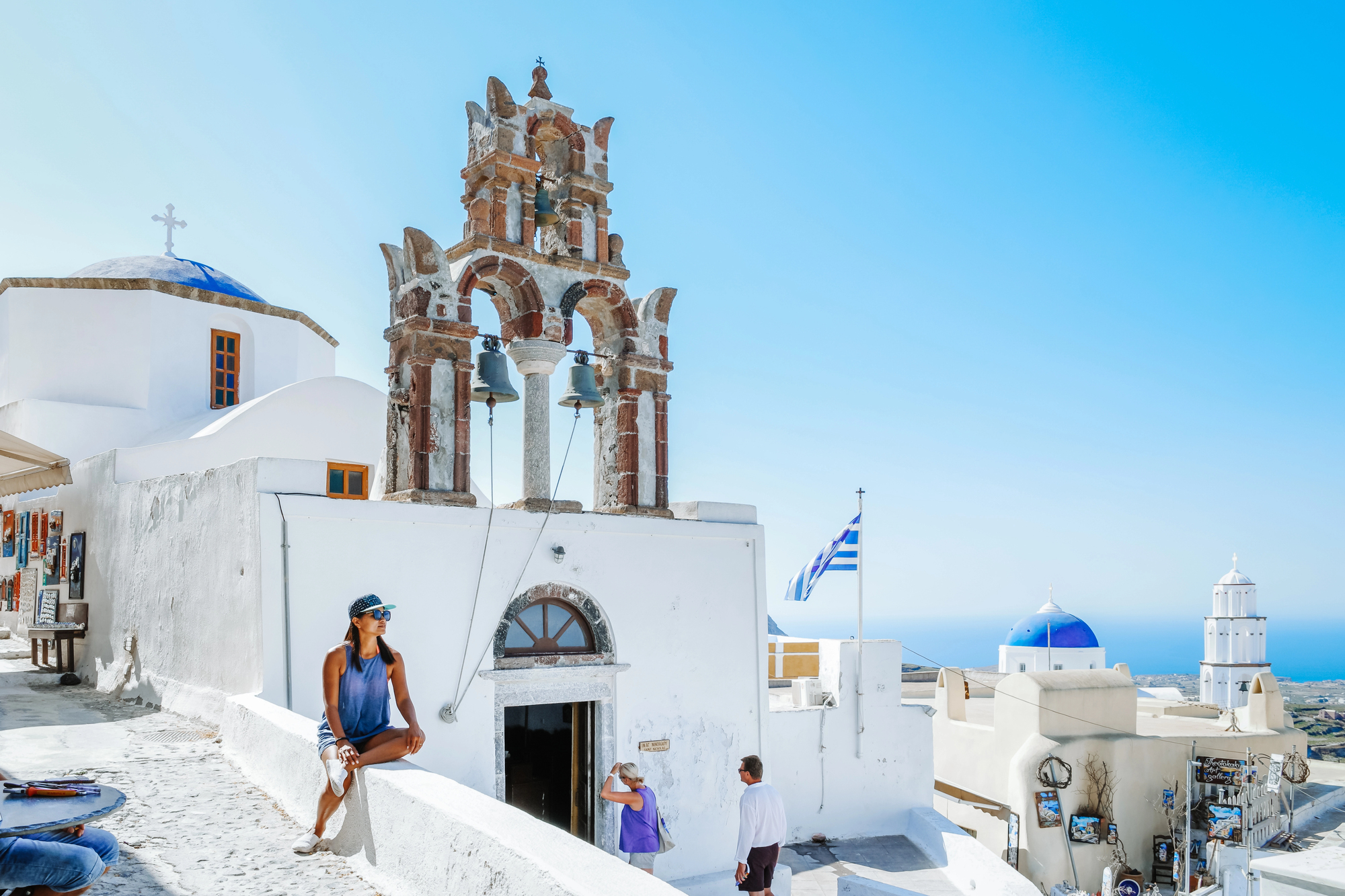
The crescent-shaped remains of an ancient volcano create Greece’s most recognizable island landscape, with its iconic white cubist architecture cascading down dramatic cliffs. Santorini’s blue-domed churches stand in perfect contrast to the dark volcanic beaches below, while sunset views from Oia village create moments of pure magic.
The island’s unique volcanic soil produces exceptional wine varieties that locals have cultivated for centuries. Visitors can enjoy wine tastings paired with panoramic views of the caldera.
Mallorca
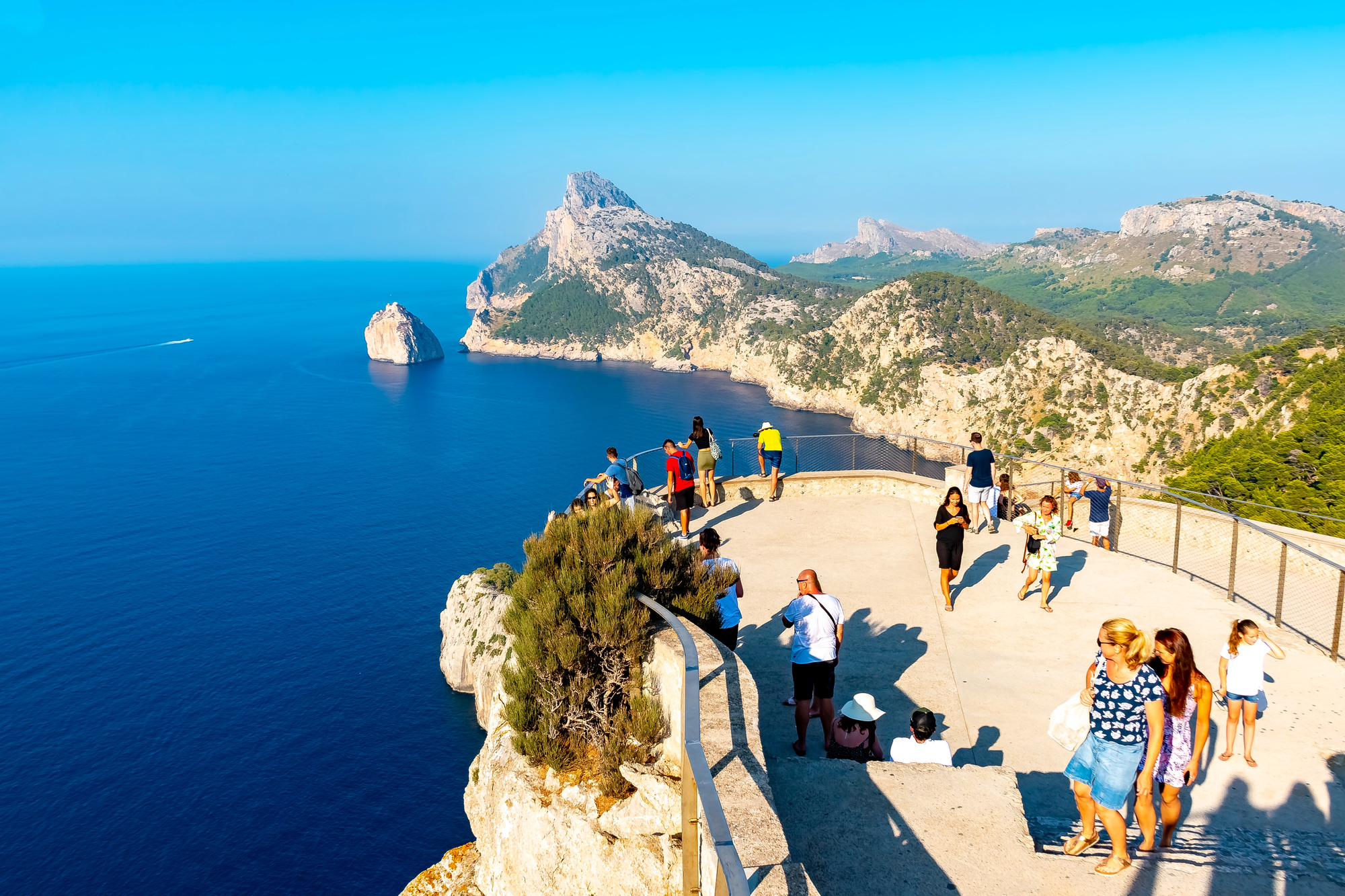
The largest Balearic island balances sophisticated beach resorts with an unspoiled interior landscape of olive groves, ancient villages, and the dramatic Serra de Tramuntana mountain range. Mallorca’s 300+ beaches range from hidden coves accessible only by boat to stretches of golden sand lined with palm trees.
The island’s capital, Palma, surprises visitors with its magnificent Gothic cathedral and maze-like old town that reveals centuries of Moorish, Jewish, and Christian influences.
Corsica

Known as the ‘Island of Beauty,’ this French territory blends dramatic mountain landscapes with pristine beaches and dense forests. Corsica’s rugged interior features villages perched precariously on mountainsides, while the 620-mile coastline offers everything from secluded bays to world-class diving spots.
The island maintains a fiercely independent spirit reflected in its unique cuisine, which combines French refinement with Italian influences and distinctly Corsican ingredients from the maquis shrubland.
Like Travel Pug’s content? Follow us on MSN.
Sicily
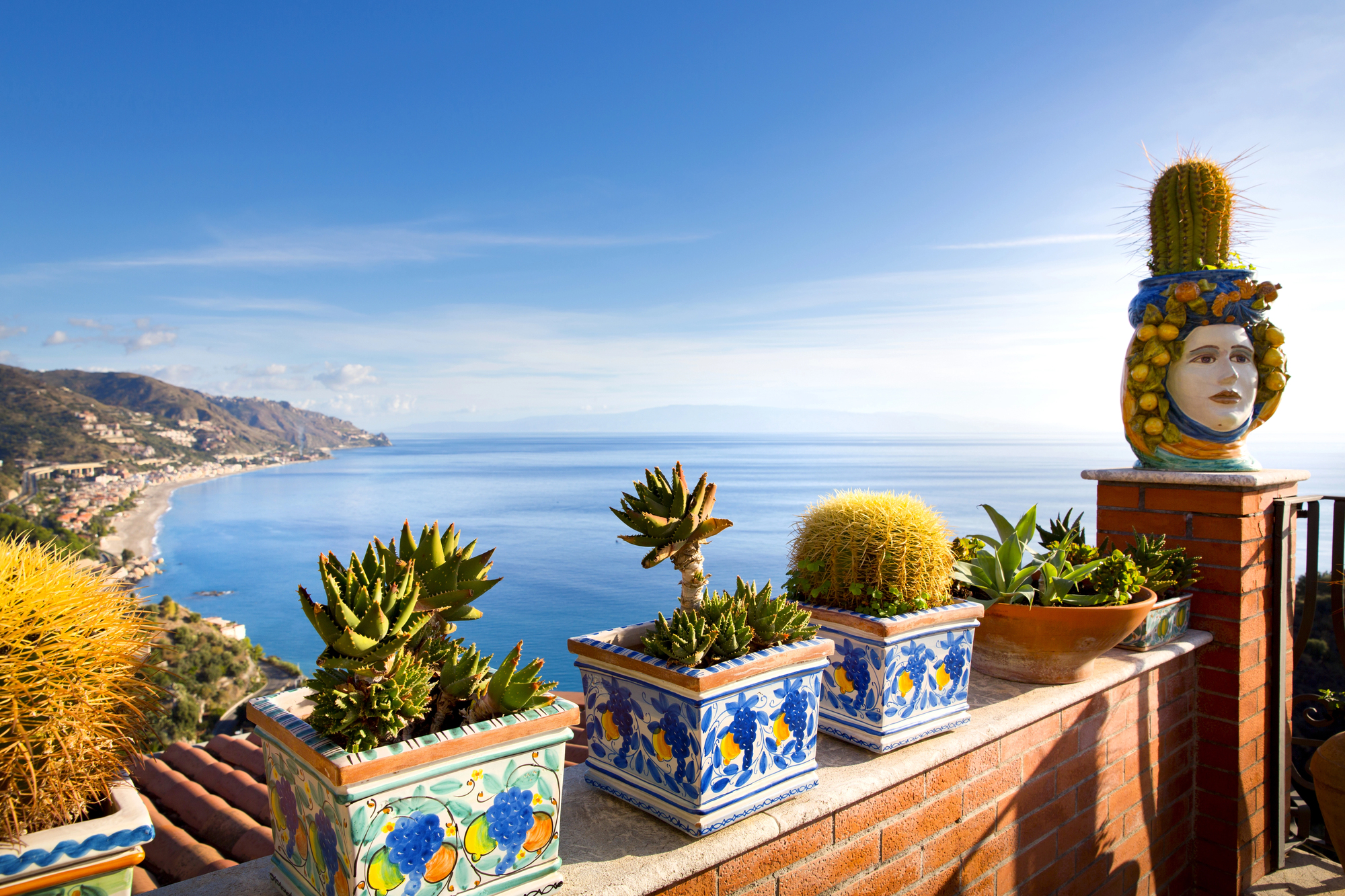
Italy’s largest island serves as a cultural crossroads where Greek temples, Norman castles, and Arab-influenced architecture tell the story of its diverse history. Sicily’s varied landscape includes Europe’s largest active volcano, Mount Etna, alongside golden wheat fields, citrus groves, and beaches lapped by crystal-clear waters.
The island’s renowned cuisine incorporates fresh seafood, Arab-influenced sweets, and ingredients grown in volcanic soil, creating distinctive flavors found nowhere else in Italy.
Crete
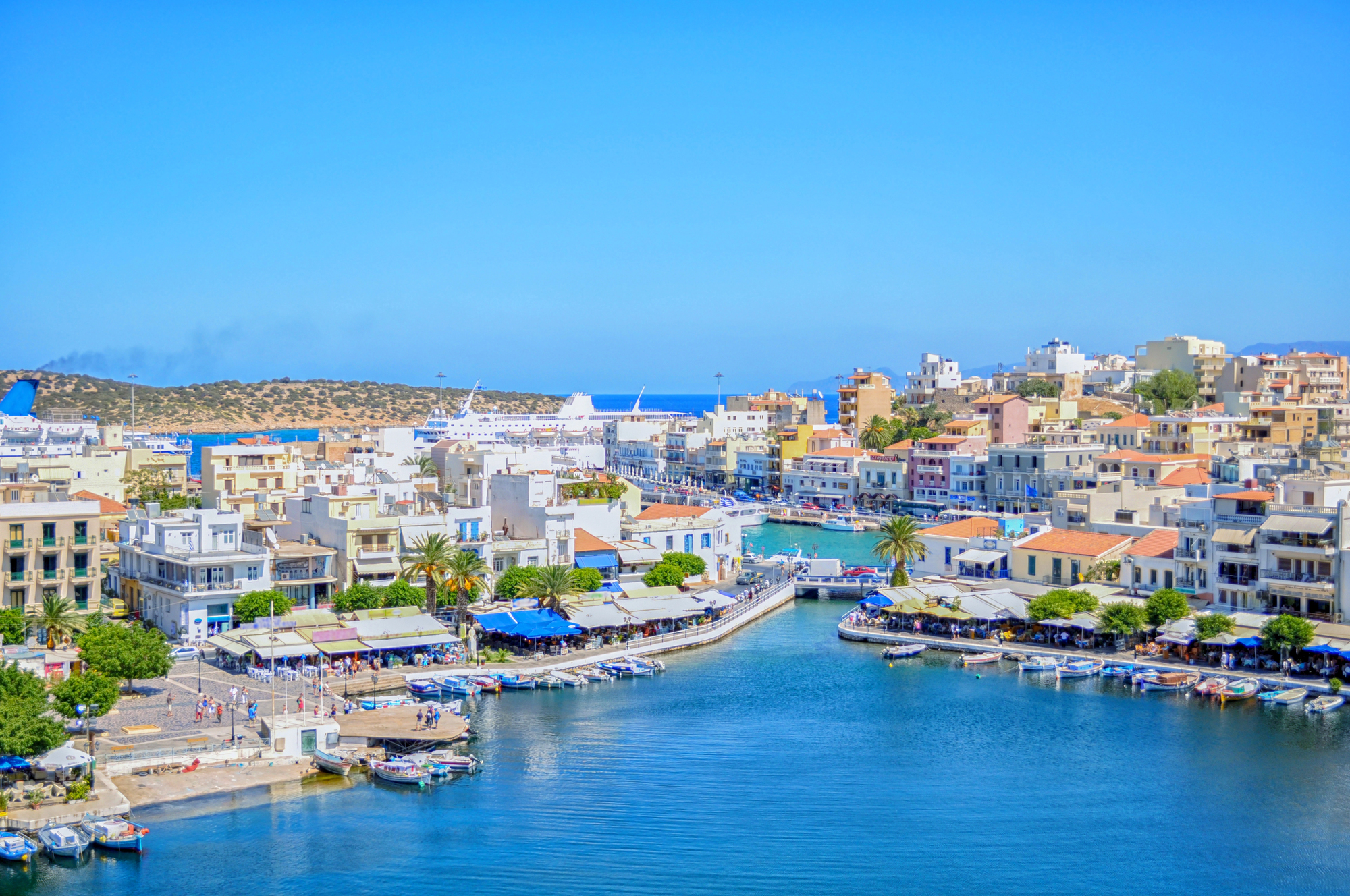
Greece’s largest island combines diverse landscapes with 4,000 years of civilization, from Minoan palaces to Venetian harbors. Crete’s mountainous interior hides traditional villages where age-old customs persist, while its 650-mile coastline features everything from organized beach resorts to isolated stretches accessible only by hiking.
The island’s distinctive cuisine relies on simple, local ingredients like wild greens, olive oil, and honey, showcasing the Mediterranean diet at its authentic best.
Cyprus
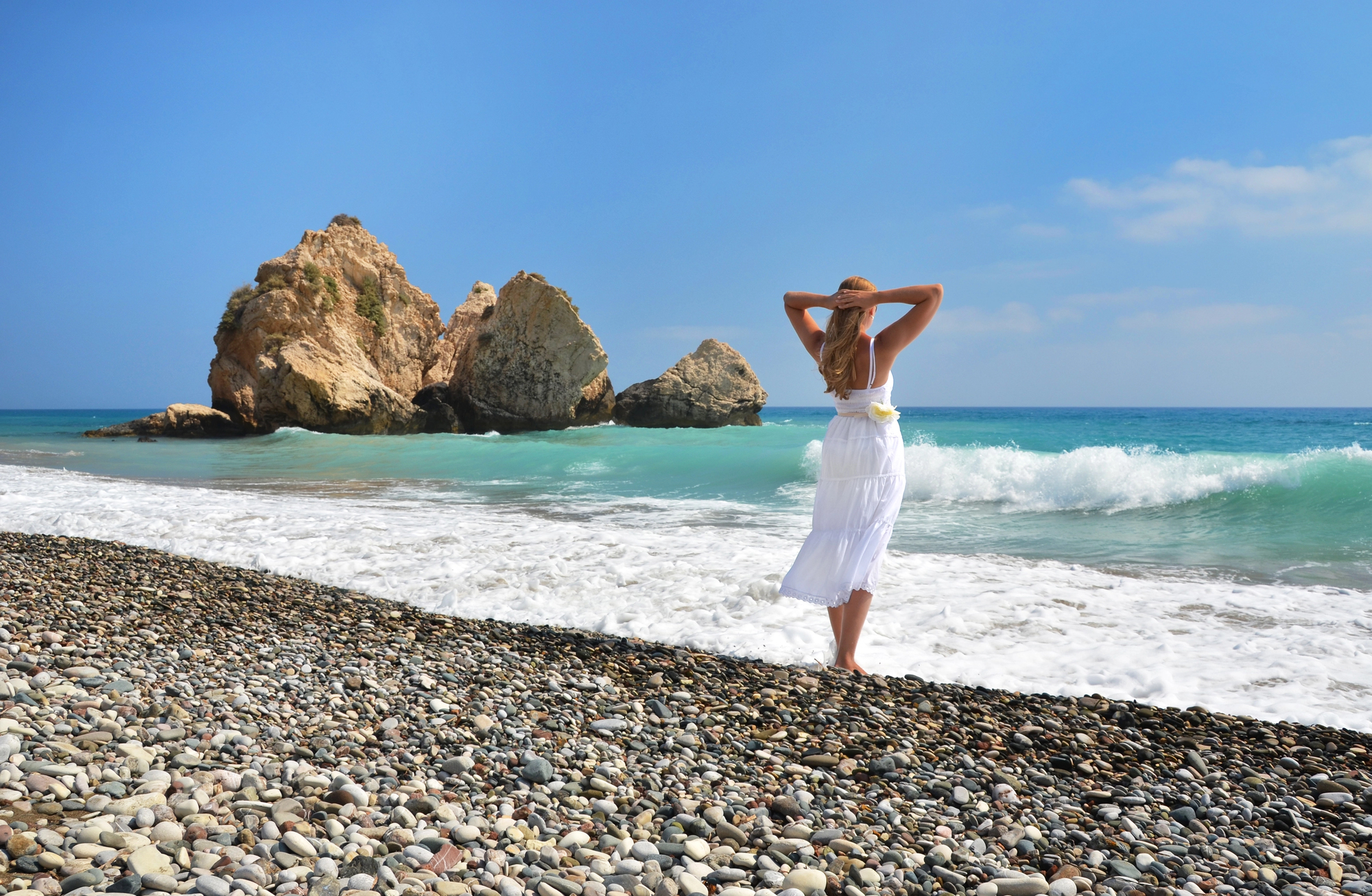
This eastern Mediterranean gem bears the influences of Greek, Turkish, British, and Middle Eastern cultures across its sun-drenched landscape. Cyprus boasts some of the cleanest beaches in Europe alongside mountain villages where traditional crafts and winemaking continue as they have for generations.
The divided capital of Nicosia offers visitors a unique opportunity to cross between Greek and Turkish Cypriot areas, experiencing distinct but related cultures within a single city.
Like Travel Pug’s content? Follow us on MSN.
Malta
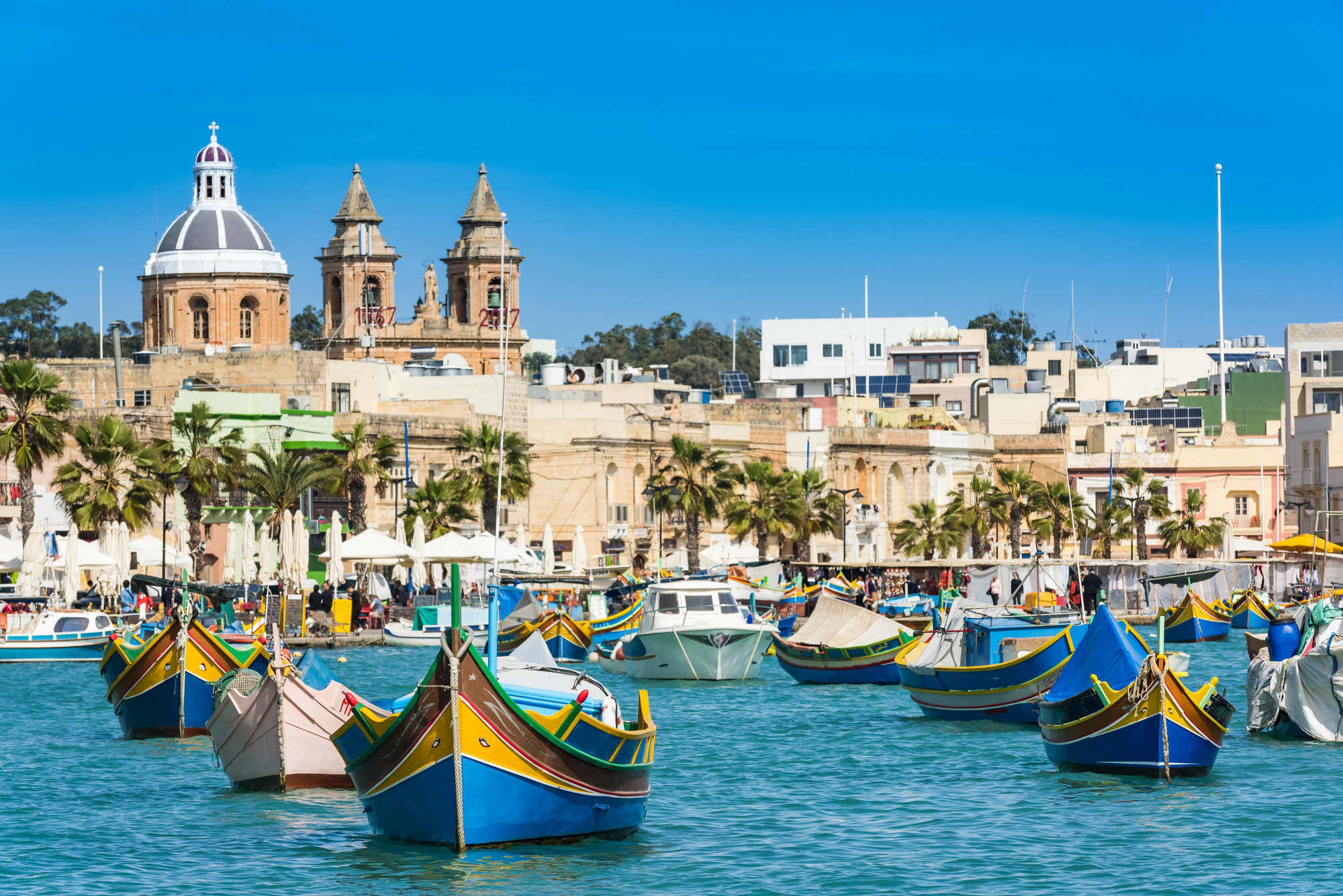
This tiny archipelago packs remarkable diversity into its limited landmass, from prehistoric temples to crystal-clear blue lagoons. Malta’s strategic location has attracted numerous civilizations, resulting in a unique cultural blend visible in its architecture, language, and cuisine.
The fortified capital, Valletta, entirely designated as a UNESCO World Heritage site, features baroque masterpieces and harbor views that have served as backdrops for numerous films and television productions.
Sardinia

Italy’s second-largest island boasts some of the Mediterranean’s most pristine beaches alongside mysterious Bronze Age stone structures called nuraghi. Sardinia’s interior highlands feature rugged landscapes where traditional shepherding practices continue amidst granite formations sculpted by wind into fantastical shapes.
The island’s distinctive cuisine includes unique pasta shapes, bread types found nowhere else in Italy, and the famously pungent casu marzu cheese that reflects centuries of relative isolation from mainland influences.
Hvar
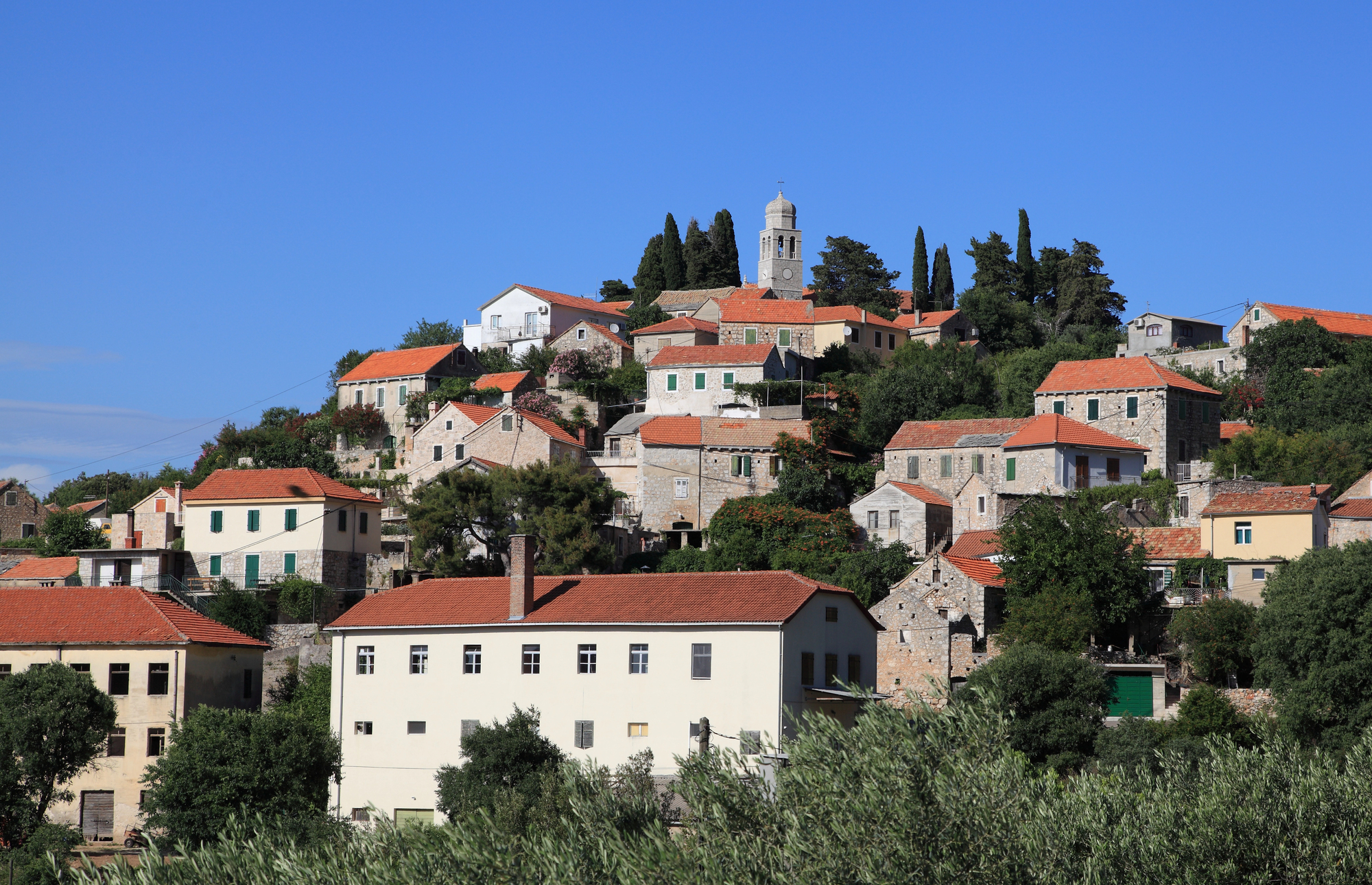
Croatia’s sunniest island combines medieval architecture with lavender fields and crystal-clear waters that attract yachting enthusiasts from around the world. Hvar Town’s marble streets and 13th-century walls create a sophisticated backdrop for its reputation as a hub for upscale Mediterranean nightlife during summer months.
The island’s interior offers a completely different experience with abandoned stone villages, ancient olive groves, and fields of lavender and rosemary that perfume the air during summer.
Like Travel Pug’s content? Follow us on MSN.
Ibiza
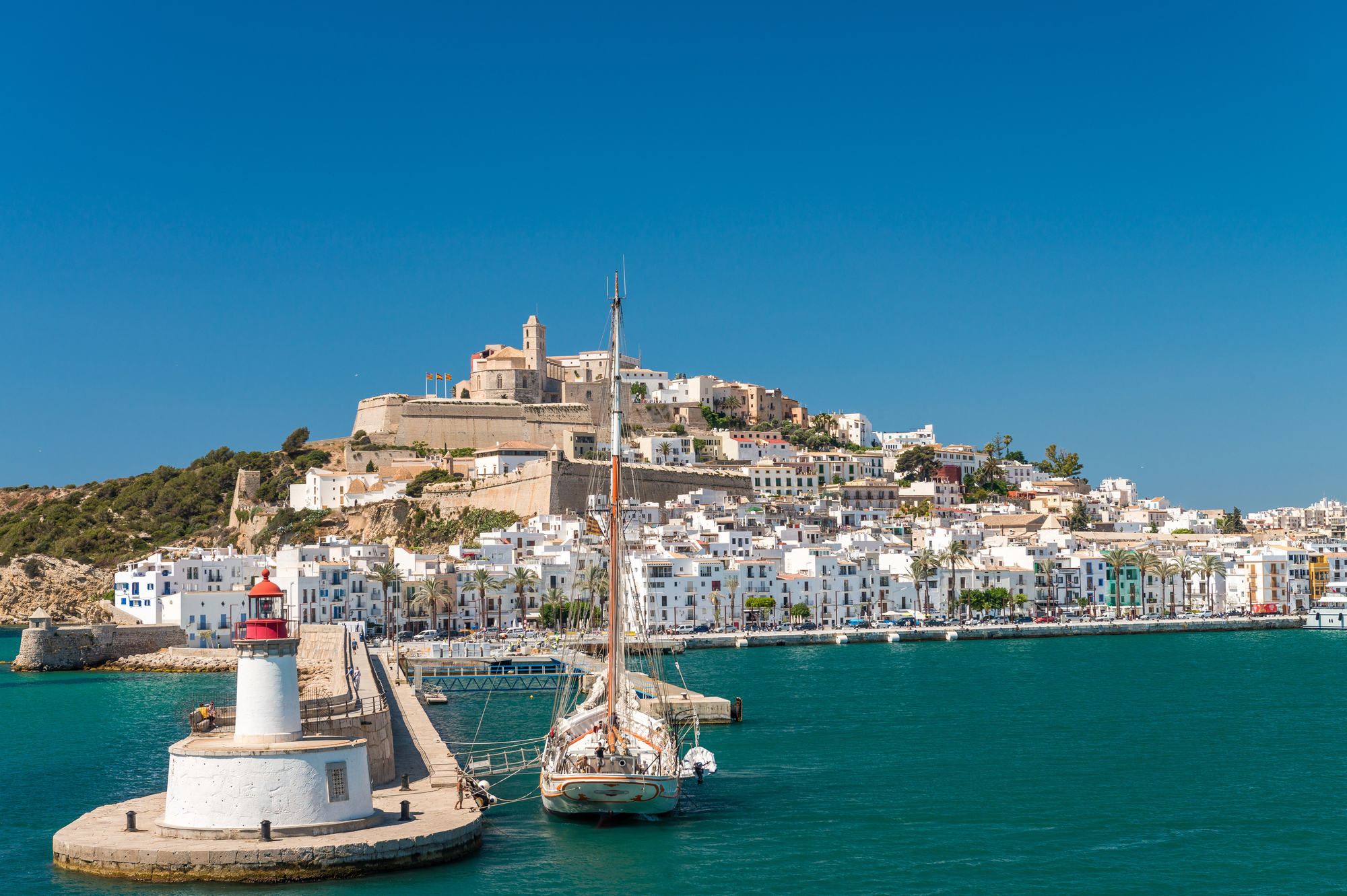
While famous for its legendary nightlife, this Balearic island offers much more through its UNESCO-protected old town, secluded northern beaches, and bohemian spirit. Ibiza’s crystal-clear waters provide ideal conditions for snorkeling and diving, while inland areas feature pine forests, almond groves, and traditional whitewashed villages far removed from the club scene.
The island’s unique atmosphere has attracted artists and free spirits for decades, creating cultural enclaves where traditional Spanish island life blends with international influences.
Rhodes
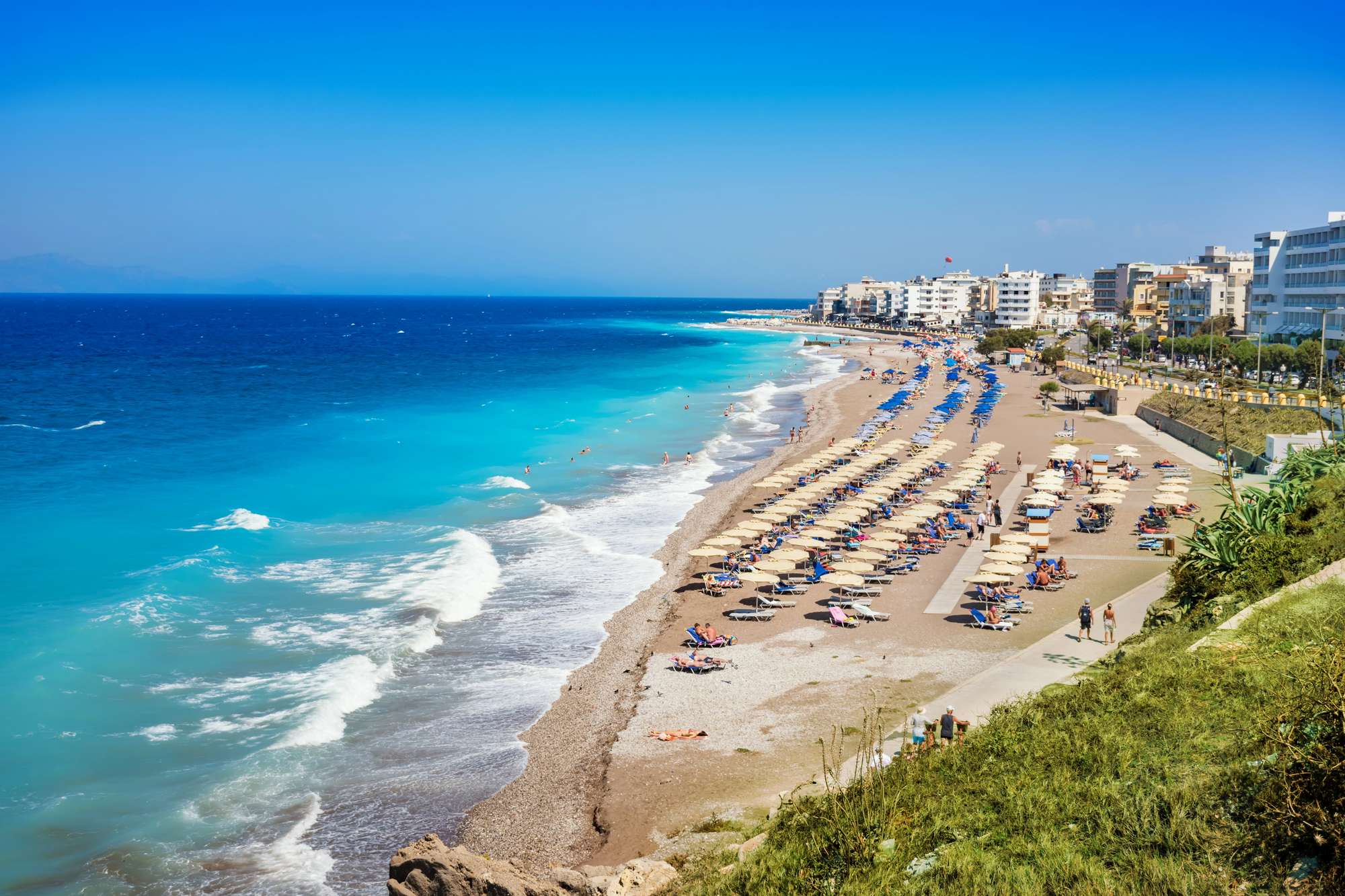
The largest Dodecanese island combines medieval architecture with beach resort amenities and an interior landscape dotted with butterflies and ancient ruins. Rhodes’ Old Town represents one of the best-preserved medieval cities in Europe, with stone streets leading to the Palace of the Grand Masters built by the Knights of St. John.
The eastern coast features sandy beaches and resort facilities, while the western shore offers wilder landscapes and ancient sites, including the acropolis of Lindos perched dramatically above the sea.
Gozo
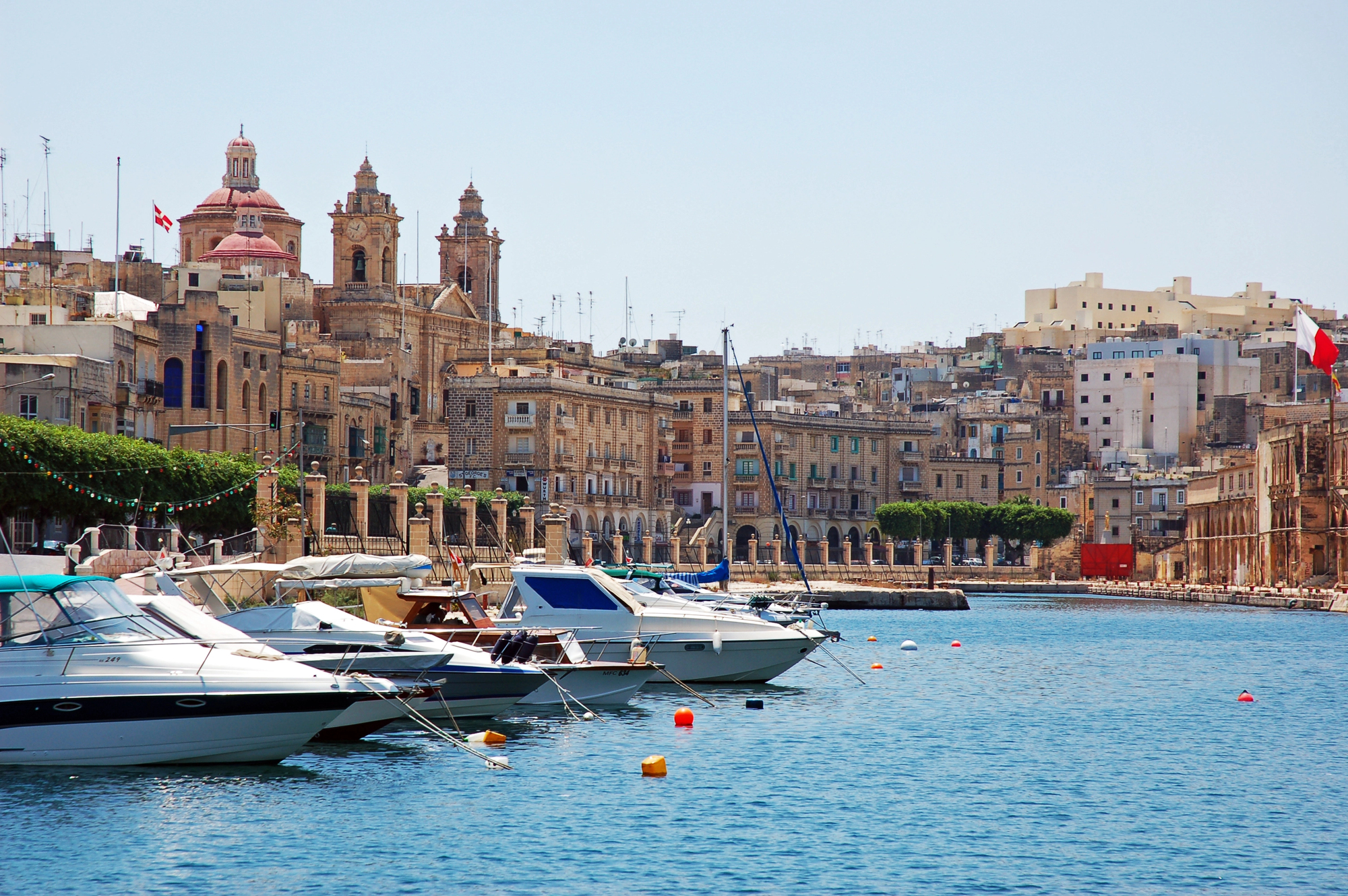
Malta’s smaller sister island offers a more tranquil Mediterranean experience centered around rural villages, baroque churches, and dramatic coastal formations. Gozo’s pace of life moves noticeably slower than Malta’s, with agricultural traditions and religious festivals forming the backbone of island culture.
The remarkable Azure Window may have collapsed in 2017, but numerous other natural attractions remain, including the Inland Sea, Calypso’s Cave, and red sand beaches framed by unusual rock formations.
Like Travel Pug’s content? Follow us on MSN.
Formentera
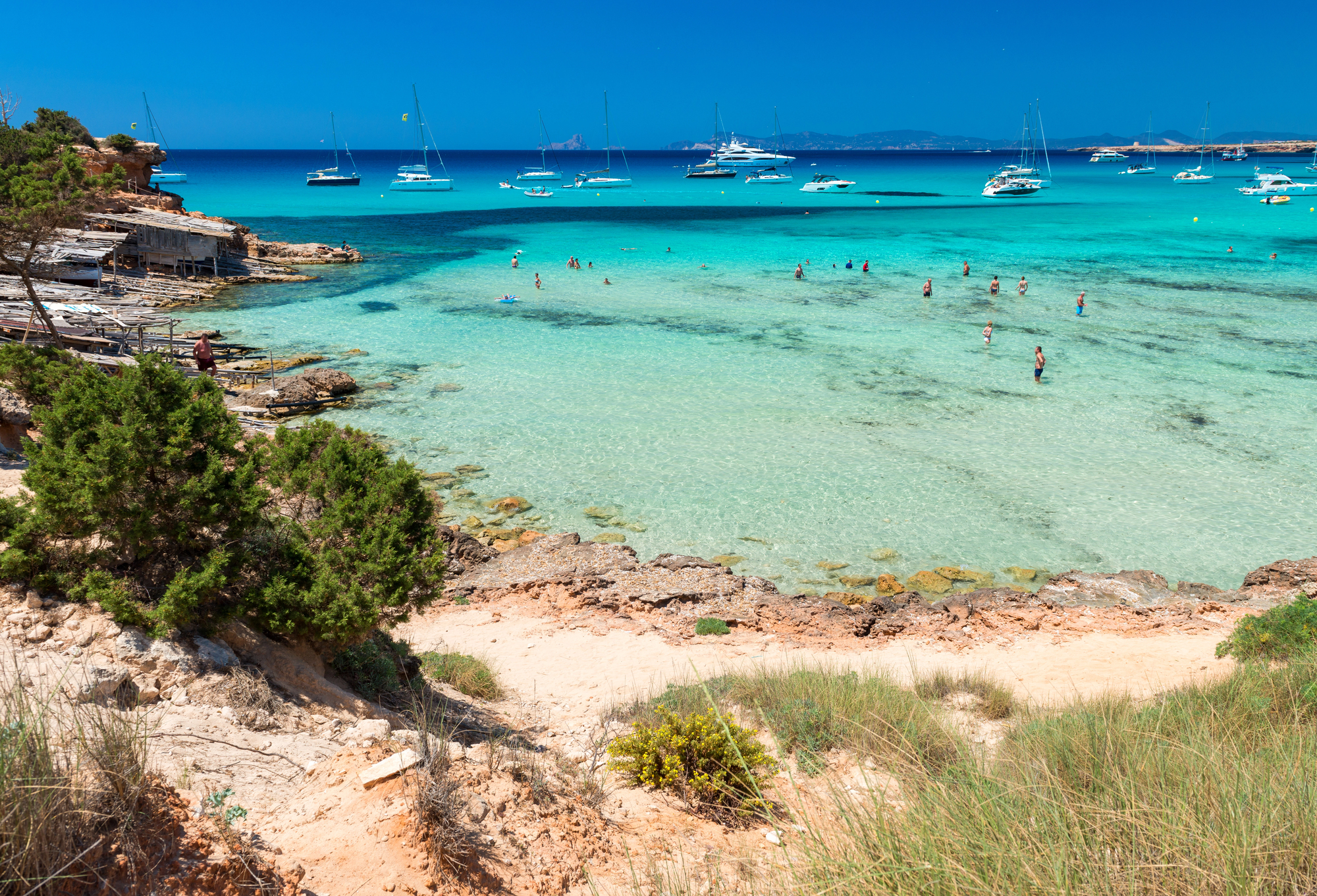
The smallest of Spain’s Balearic Islands accessible to the public delivers Caribbean-quality beaches without the deep-sea crossing. Formentera’s strict environmental protection has preserved its natural beauty, with wooden boardwalks protecting fragile dune systems behind expanses of powdery white sand.
The island’s diminutive size makes it easy to explore by bicycle, with salt flats, lighthouses, and hidden coves connected by an extensive network of cycling paths through pine forests and alongside dramatic limestone cliffs.
Capri
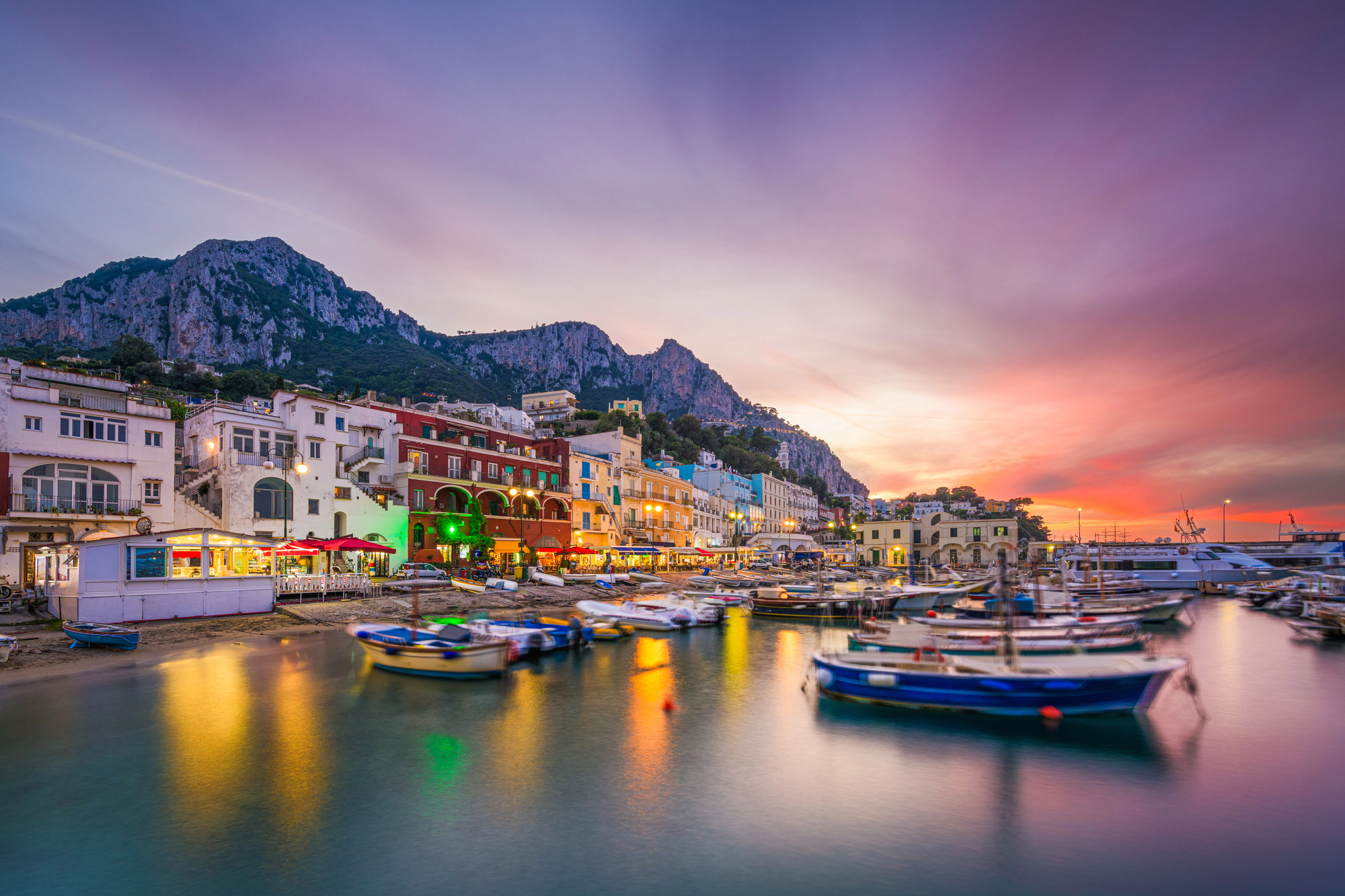
This glamorous island in the Bay of Naples has attracted emperors, artists, and celebrities for two thousand years with its combination of natural beauty and cultivated elegance. Capri’s famous Blue Grotto sea cave illuminates the water with an otherworldly azure glow, while the dramatic Faraglioni rock formations rising from the sea have become symbols of the island.
Beyond the luxury boutiques of Capri Town lie peaceful hiking paths through lemon groves and Mediterranean macchia with panoramic views across the Tyrrhenian Sea toward the looming presence of Mount Vesuvius.
Timeless Mediterranean Allure
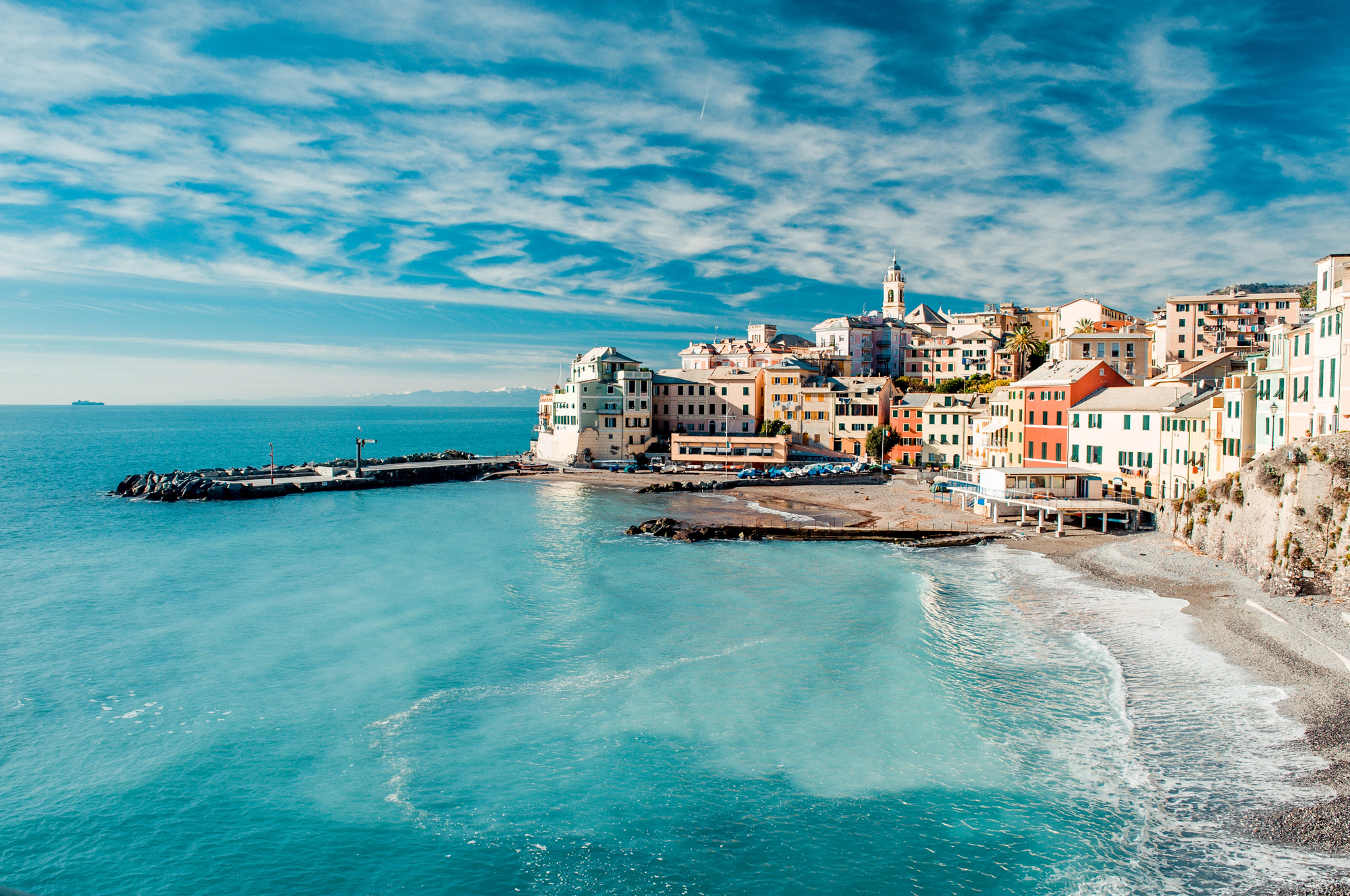
These Mediterranean islands represent living museums where ancient traditions blend seamlessly with natural beauty and modern comforts. Despite centuries of changing hands between empires and civilizations, each island maintains its distinct character through architecture, cuisine, dialects, and customs that continue to evolve while honoring their deep roots.
Today’s visitors become part of an unbroken line of travelers stretching back thousands of years, drawn to these magical places where sea meets sky in perfect harmony. Whether seeking archaeological wonders, culinary adventures, or simply the perfect beach, these Mediterranean jewels continue to cast their spell on all who visit.
More from Travel Pug

- Cities Growing so Fast You Won’t Recognize Them in 10 Years
- 13 Destinations Where Tourists Regularly Regret Their Trip
- 16 U.S. Cities That Are Quietly Becoming Travel Hotspots
- Where to Travel If You Love Long Bus Rides and Daydreams
- 20 Cities Perfect for Solo Travelers Who Crave Adventure & Culture
Like Travel Pug’s content? Follow us on MSN.
